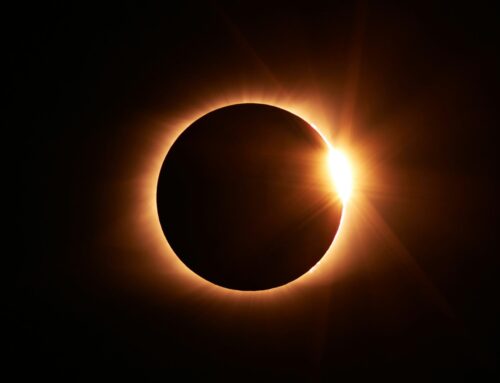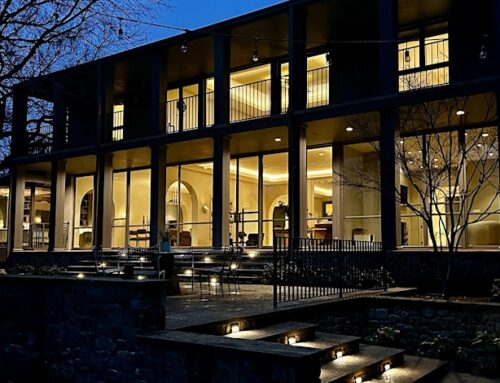Once again, I plead my annual case for zinfandel — ’s national wine. It deserves better than to be confused with the sweet pink stuff that is white zinfandel, or to be tossed aside by wine snobs who think it’s inferior to their cabernet sauvignon and pinot noir. And it certainly doesn’t deserve its most recent high alcohol incarnation, a winemaker’s prank that has turned into hipster trend.
What zinfandel is — and what it should be — is a decent, affordable red wine that is almost only made in the . It pairs with most red wine foods as well as tomato sauce and pizza. The best zinfandels, such as those from Ridge Vineyards, are super-premium wines at anything but a super-premium price. And the $10 or so zinfandels (and there are many of them) are mostly quality products that are too often overlooked in favor of shiraz or merlot.
And it tastes good, with lots of mostly dark, jammy fruit like blueberries and boysenberries, some spiciness, and even a touch of brambliness, which is kind of like a blackberry before you sweeten it in a cobbler. And if its flavor is a bit manly sometimes, well, why not? What sort of wine would you like to drink with smoked brisket for the Fourth of July?
These three wines offer an overview of what’s available, but don’t be afraid to experiment:
• Estancia Zinfandel 2005 ($11). Solid, well-made, never disappoints wine from one of California’s best value producers. It has all the classic zinfandel flavors, and at only 13 1/2 percent alcohol, you can actually drink two glasses without passing out.
• Ridge Three Valleys 2006 ($23). Ridge not only makes the best zinfandel in the country, but some of the best red wine in the . This is its entry-level product, and it’s always worthwhile. This vintage seemed spicier and less fruity than usual, which was actually kind of nice.
• August Briggs Napa Valley Zinfandel 2006 ($32). High-end zinfandel made the way it should be made, with dark, jammy, spicy flavors and none of the foolishness (high alcohol or ultra-fruitness) that other producers mess around with. I tasted this with winemaker Joe Briggs, and we had a very pleasant discussion about the right way to make zinfandel. Which is like this.
— Jeff Siegel
Ultimate Pinto Beans
What’s barbecue without beans? This version is heavy on the spices, but doesn’t include a ham hock (mostly to see if beans could be made this way). Serve this with smoked brisket and your favorite zinfandel. A note on the cooking time: Most dried beans take much longer than most recipes call for, mostly because they’re older. If your beans have been sitting around the cupboard or the store, allow for as much as an hour longer. You can soak them first, but I’ve never had good results with that.
Serves four, takes about 2 1/2 hours
1 lb dried pinto beans
1 tsp dried oregano
1 Tbsp Worcestershire sauce
1 Tbsp hot sauce
1-2 Tbsp best quality chili powder, depending on taste
2 tsp paprika
1 tsp coriander
1 tsp cumin
1 onion, chopped
3 cloves garlic, chopped
Salt and pepper to taste
1. Place everything but the salt in a large pot with four cups of water. Bring to a boil, cover, and boil gently until the beans are almost done, about 90 minutes.
2. Add the salt and cook until the beans are tender, about 30 minutes.
Ask the wine guy
Q: Are box wines any good?
A: In , yes. About half the wines sold down under come in boxes. In the , though quality has improved dramatically over the past several years (look for Black Box, for example), there is still a lot of cheap wine that tastes like it is sold in boxes.






